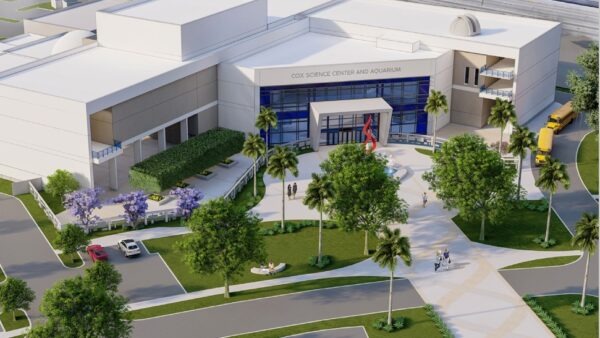5 February 2014
South Africa’s plans to transform itself into “one big construction site” are going well, despite the lack of tangible evidence, according to Malusi Gigaba, the minister of public enterprise.
Speaking at a press briefing on Monday, Gigaba said he was aware of some concerns that the construction cranes were not visible. He said: “We are at the infancy stage of building the infrastructure. There are going to be changes in how the projects are rolled-out from on.”
He added that projects under way were aimed at “building capacity”, and that others were already creating jobs. He gave as an example work on the Medupi power station in Limpopo, which he said had created 17,000 jobs, while the Kusile power station created 14,000 jobs.
When completed, the Medupi and Kusile plants will each have a generating capacity of 4,800MW, making them the third and fourth largest coal-fired power stations in the world.

South African president Joseph Zuma visits the site of the Medupi power station
Work on the Medupi plant has been delayed by labour disputes and what has been called “contractor underperformance“.
Mr Gigaba was accompanied by Brian Dames, chief executive officers of Eskom, South Africa’s largest electricity generator.
He commented that procurement processes had to ensure that construction firms had sufficient capacity before they were given work. He added that the creation of black-owned companies had provided something new and contributed to economic growth.
Jacob Zuma, the president of South Africa, gave an upbeat assessment of the prospects for infrastructure work across Africa.
Speaking on Friday at the African Union summit in Addis Ababa, Zuma said: “The majority of the projects planned are already funded and are already going on, so we are not talking about what we think we need to do – we are very specific about what kind of infrastructure we need.”
Speaking of Africa as a whole he said: “We come from a colonial past, wherein we were divided into many countries with very hard borders, and there was no ease of movement. Therefore, the issue of infrastructure to connect our countries becomes very critical.”






